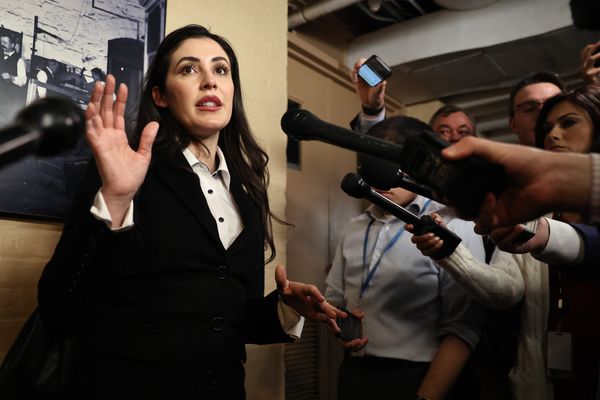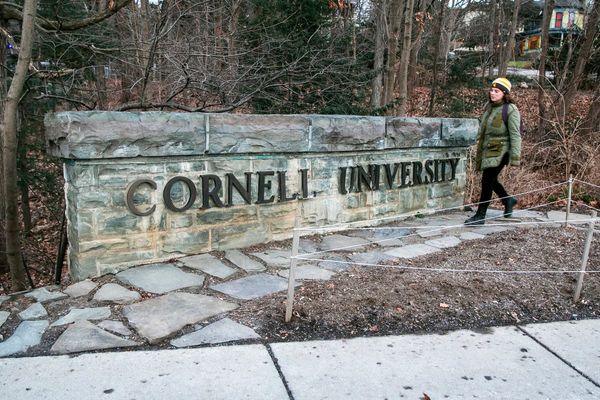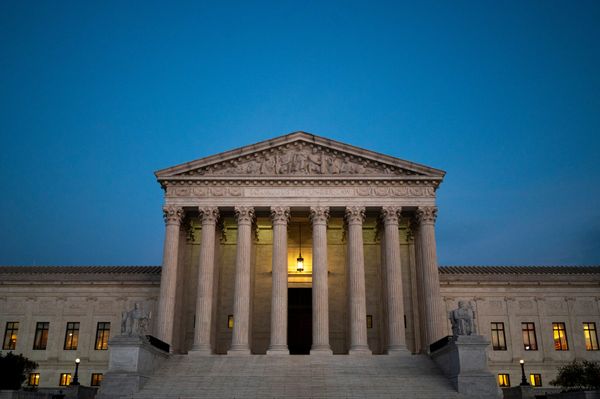Its name is Ian and maybe should be changed to Ian the Terrible, this hurricane that recently inflicted deadly chaos in Florida, enabling climate change extremists to take advantage of the publicity in order to inflict more chaos. A warming planet caused the hurricane, they say, and they may be right although the issue is their goal of replacing fossil fuels primarily with solar panels, windmills, batteries and gush.
Oh, renewables! Aren’t they great? No, they are reliable only if the sun shines bright day and night and the winds nearby never quit blowing. Technological innovations may reduce the worry, but emergency anxiety on the side of renewables could induce the decline of sorely needed massive energy, the demise of industrialism and the starvation of economies. Consider that most European nations recently reduced just about every energy source except renewables and have thus become dependent on Russia for natural gas and petroleum.
To be sure, CO2 emissions of fossil fuels may have provoked hotter Florida-area ocean surfaces that then stimulated extraordinary hurricane intensity. Ian’s winds, after all, hit 150 mph and rain poured like an accumulation of waterfalls. Know this, however: Catastrophic hurricanes have enjoyed themselves in the cooler past just as mild hurricanes have been abundant in the hotter present. While that proves nothing about this instance, statistics also show that extreme weather is killing an amazing 80 percent fewer people worldwide now than in a smaller population 40 years ago.
What has helped save lives, it’s said, is adaptation, varied pragmatic answers such as improving warning systems for hurricanes. Consider as an example that advanced planning in Florida supplied capable first-responders who quickly rescued 1,000 victims. The warnings also helped get cars on the road before floods disallowed it, and think ahead to how dikes can cope with rising seas if the needed money has not already been spent on renewables.
A means of recovering from ultra-progressive overstatements is Michael Shellenberger’s book “Apocalypse Never” and the insights of highly informed analysts. Written in 2020 before some current issues, it showed how climate change had not stopped the world from producing more food than the world needs or denied the global economy a chance to grow enormously by the end of the century. CO2 emissions have been declining.
Sorry, but now let’s listen for a second to Al Gore, an apocalypse prophet who used to be vice president. Back in 2006, he talked about a warming-caused sea rise of 20 feet “in the near future,” meaning the death of everyone if he had been more accurate than usual. A trustworthy prediction now is that global sea levels will rise by something like two feet or more by the end of the century, still dangerous but with time to get ready, it’s said.
A Gore imitator, President Joe Biden, keeps telling the nation that an untethered climate will be “existential,” a more polite if obtuse way of saying we could all be done for. He aims to go with the renewable flow while amenable to much else that seems reasonable. Actually, stopping global temperatures from rising will require a global effort, almost no nation left out.
The best answer, besides adaptation, seems to be nuclear energy that nevertheless scares the public sufficiently to keep some decision-makers mum. In fact, nuclear energy has been remarkably safe and is becoming less expensive as entrepreneurs experiment with smaller nuclear plants. It won’t work alone but should be the prime player addressing climate change that is already killing plants and animals to a truly frightening degree, melting Arctic ice, affecting lakes and rivers in this country and making seas rise.
Keep in mind, however, that quelling more heat does not automatically decrease heat and that realism, caution and the termination of panic must play a larger role than ideologically excited, near-autocracy insufficiently wedded to common sense and the truth.







